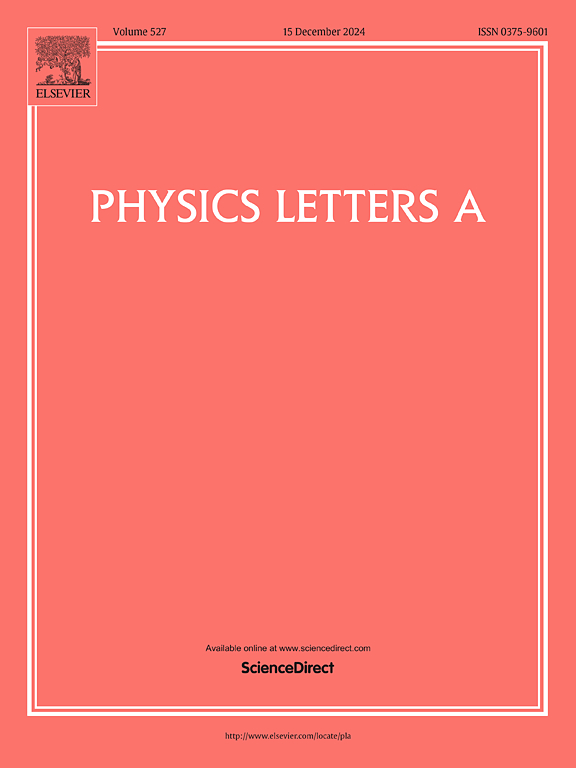新型镁锂化合物的结构、机械、电子和热力学性质的第一性原理研究
IF 2.3
3区 物理与天体物理
Q2 PHYSICS, MULTIDISCIPLINARY
引用次数: 0
摘要
镁锂合金因其易于铸造、高强度重量比和优异的生物相容性而广泛应用于汽车、航空航天和生物医学领域。结构筛选成功预测了四种意想不到的可能稳定的Mg-Li化合物(Mg7Li, Mg11Li5, Mg9Li7和MgLi7)。稳定性计算结果表明,四种化合物具有热力学、动力学和机械稳定性。其中,Mg7Li的体积模量为32.33 GPa,剪切模量为20.17 GPa,杨氏模量为50.09 GPa,具有较强的Li-Li共价键,表现出优异的力学性能,为镁合金力学性能的改善提供了策略。此外,Mg11Li5和MgLi7具有较低的晶格导热系数,分别为0.92 W/mK和0.71 W/mK,表明它们在隔离或绝缘材料中具有潜在的应用前景。研究结果有望深入了解Mg- li体系的内在特性,并为加速高性能镁合金的开发提供理论数据。本文章由计算机程序翻译,如有差异,请以英文原文为准。
First-principles study on the structural, mechanical, electronic, and thermodynamic properties in novel Mg-Li compounds
Magnesium-lithium (Mg-Li) alloys are commonly employed in automotive, aerospace, and biomedicine fields due to their ease of casting, high strength-to-weight ratio, and excellent biocompatibility. A structure screening predicted successfully four unexpected potentially stable Mg-Li compounds (Mg7Li, Mg11Li5, Mg9Li7, and MgLi7). The stability calculation results reveal that four compounds are thermodynamically, dynamically, and mechanically stable. Especially, Mg7Li presents excellent mechanical properties owing to the stronger Li-Li covalent bonds, including bulk modulus with 32.33 GPa, shear modulus with 20.17 GPa, and Young's modulus with 50.09 GPa, which provides a strategy for improving mechanical properties of Mg alloys. Furthermore, the Mg11Li5 and MgLi7 exhibit lower lattice thermal conductivity with 0.92 W/mK and 0.71 W/mK, showing that they have potential applications in isolation or insulation materials. The findings are anticipated to yield thorough insight into the intrinsic characteristics in Mg-Li system and provide theoretical data to accelerate the development of high-performance Mg alloys.
求助全文
通过发布文献求助,成功后即可免费获取论文全文。
去求助
来源期刊

Physics Letters A
物理-物理:综合
CiteScore
5.10
自引率
3.80%
发文量
493
审稿时长
30 days
期刊介绍:
Physics Letters A offers an exciting publication outlet for novel and frontier physics. It encourages the submission of new research on: condensed matter physics, theoretical physics, nonlinear science, statistical physics, mathematical and computational physics, general and cross-disciplinary physics (including foundations), atomic, molecular and cluster physics, plasma and fluid physics, optical physics, biological physics and nanoscience. No articles on High Energy and Nuclear Physics are published in Physics Letters A. The journal''s high standard and wide dissemination ensures a broad readership amongst the physics community. Rapid publication times and flexible length restrictions give Physics Letters A the edge over other journals in the field.
 求助内容:
求助内容: 应助结果提醒方式:
应助结果提醒方式:


